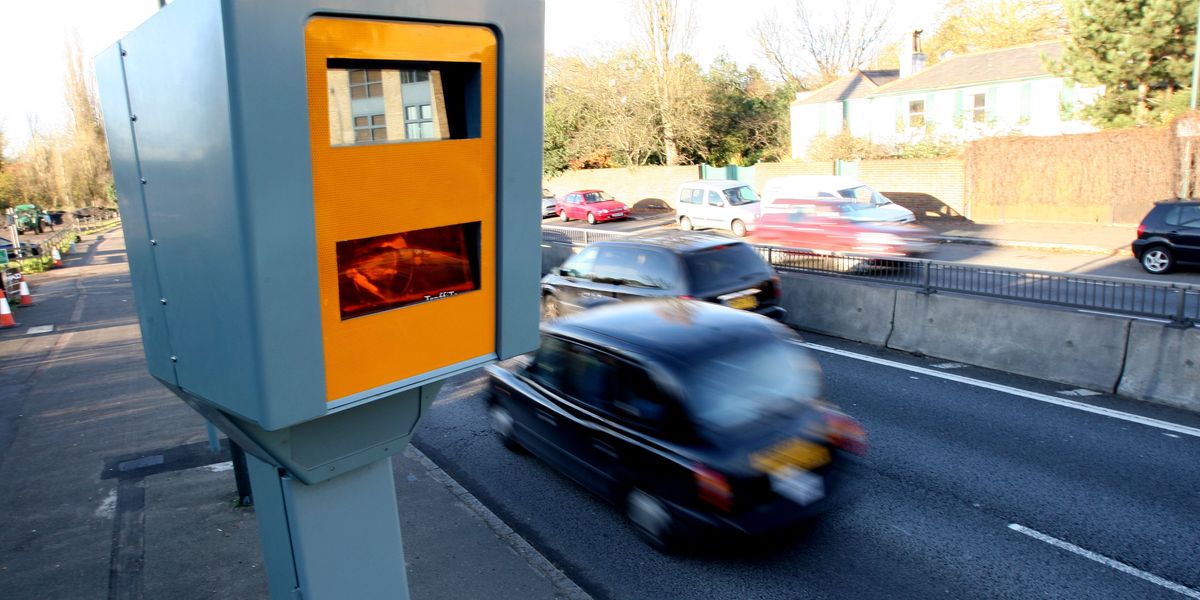Britons are warned of “pension pitfalls” that could cost them thousands of pounds “worse off” in retirement.
By keeping track and making retirement planning a priority, Britons can avoid costly mistakes that could impact their future financial security.
Helen Morrissey, head of retirement analysis at Hargreaves Lansdown, warns against taking a complacent approach to pension planning.
She said: “Taking a set and forget approach can mean your planning falls foul of various pitfalls that can have a big impact on what you end up with. Taking some simple actions now can make a huge difference that your future self will thank you for.”
Pension pitfalls to avoid
- Remember to claim your pension tax relief
Understanding pension tax relief is crucial for maximising retirement savings, with basic rate taxpayers seeing a £100 contribution cost only £80.
Higher rate taxpayers can benefit even more, with a £100 contribution costing just £60, while additional rate taxpayers pay only £55.
However, claiming full tax relief isn’t always automatic. While basic rate relief is typically added automatically, higher and additional rate taxpayers may need to claim extra relief through self-assessment.
The method of claiming depends on how your pension is set up. Under a net pay arrangement, contributions are deducted before tax, but with relief at source arrangements, additional claims may be necessary.
- Don’t set and forget contributions.
Experts warn against the common mistake of setting pension contributions at minimum levels and forgetting about them.
According to Hargreaves Lansdown’s latest Savings and Resilience Barometer, only 38 per cent of households are currently on track for a moderate retirement.
Workers should also check if their employer offers contribution matching, where they will increase their payments if employees contribute more.
“This is known as an employer match, and it can make a huge difference to how much goes into your pension,” Morrissey added.
One simple strategy is to increase pension contributions whenever receiving a pay rise, making the boost more manageable.
- Make the most of your allowances.
Making the most of pension allowances can significantly boost retirement savings, with most people able to contribute up to £60,000 annually with tax relief.
For higher rate taxpayers, a £60,000 contribution effectively costs only £36,000, making it highly tax efficient.
Those with unused allowances from the previous three years can use ‘carry forward’, potentially allowing contributions of up to £200,000 this tax year, provided their earnings match this amount.
There’s also opportunity to boost family members’ pensions. Contributions of up to £2,880 annually can be made to a non-working spouse or child’s SIPP, which receives a government top-up to £3,600.
- Find those lost pensions.
Morrisey said: “It’s easy to lose track of pensions from old employers, but not tracking them down can leave you thousands of pounds worse off.”
The Government’s Pension Tracing Service can help track down missing pensions using employer or provider details.
Once old pensions are located, consolidation might be worth considering to reduce time, money and administration burden.
However, Morrissey advises caution before consolidating: “Before you do, make sure you aren’t incurring any expensive fees or missing out on valuable benefits such as guaranteed annuity rates.”
- Search the market for the best annuity.
Current annuity rates are offering exceptional value, according to pension experts.
Data from Hargreaves Lansdown’s annuity search engine reveals that a 65-year-old with a £100,000 pension pot can secure up to £7,281 per year from a single life level annuity with a five-year guarantee.
However, rates vary significantly between providers, making market comparison essential.
Morrissey said: “Annuities are offering great value right now, but you need to make sure that you search the market to get the best deal for you.”
She emphasises that annuity decisions are permanent: “Once an annuity is bought it can’t be unwound so it is well worth taking the time to scan the market.”




